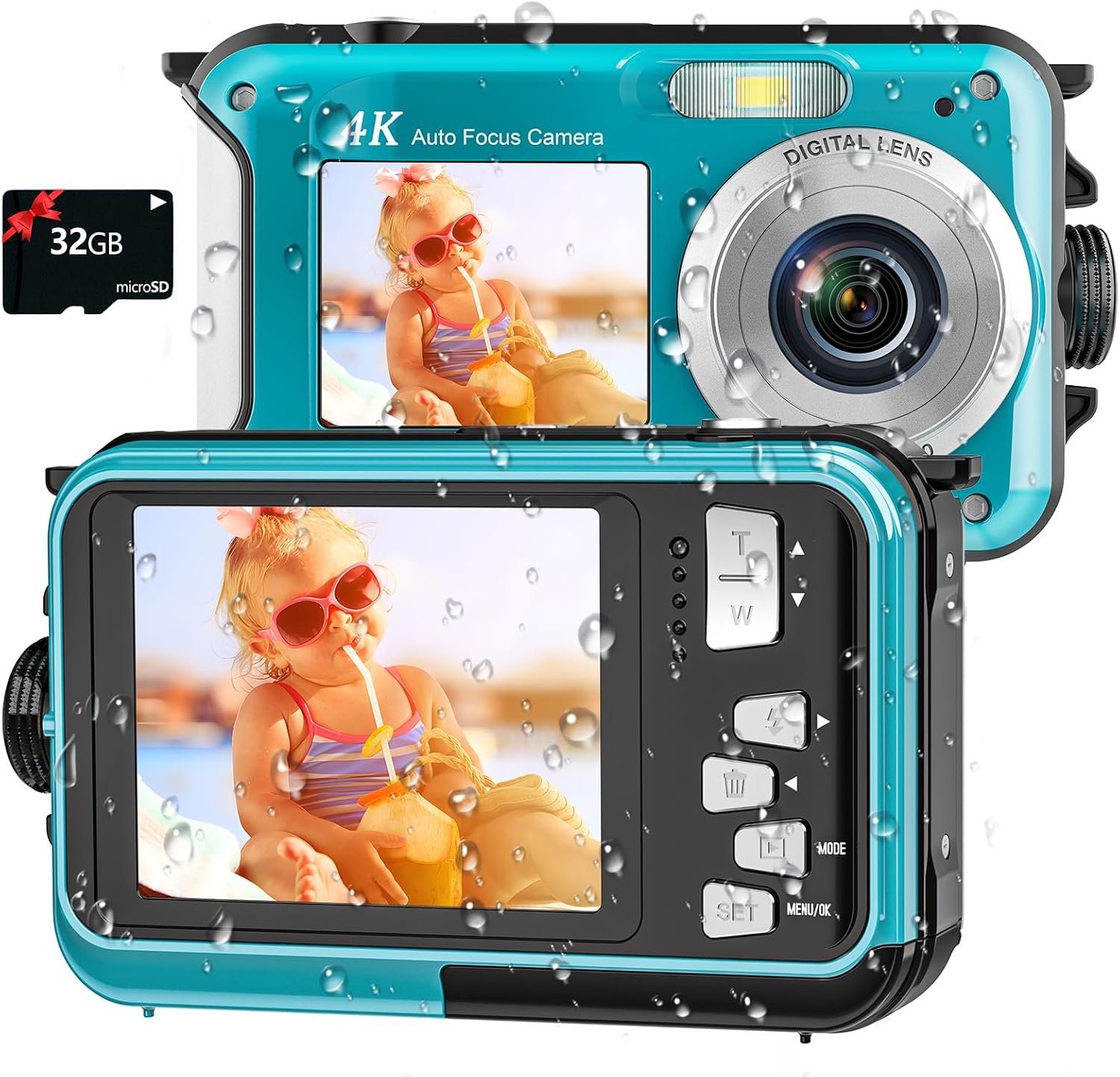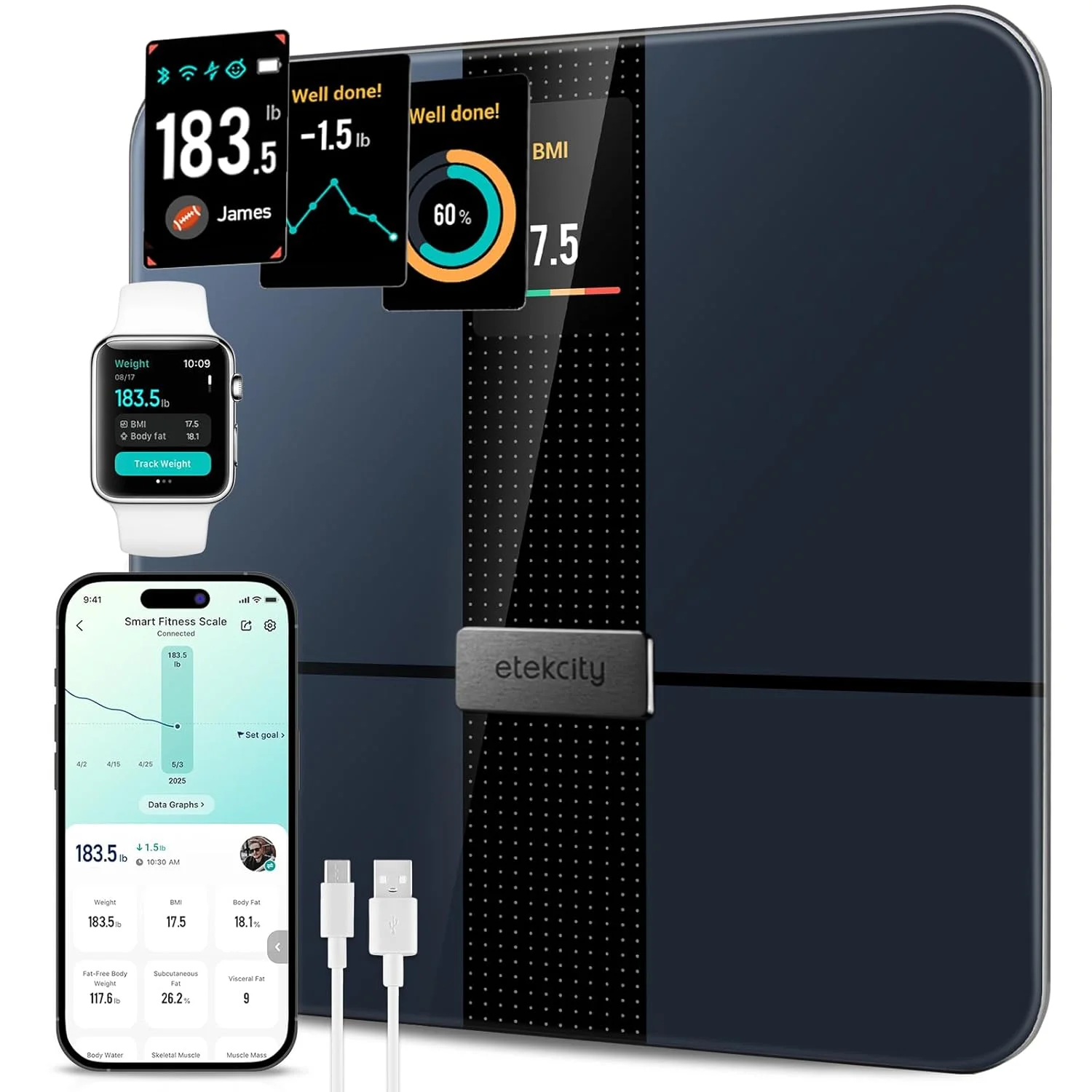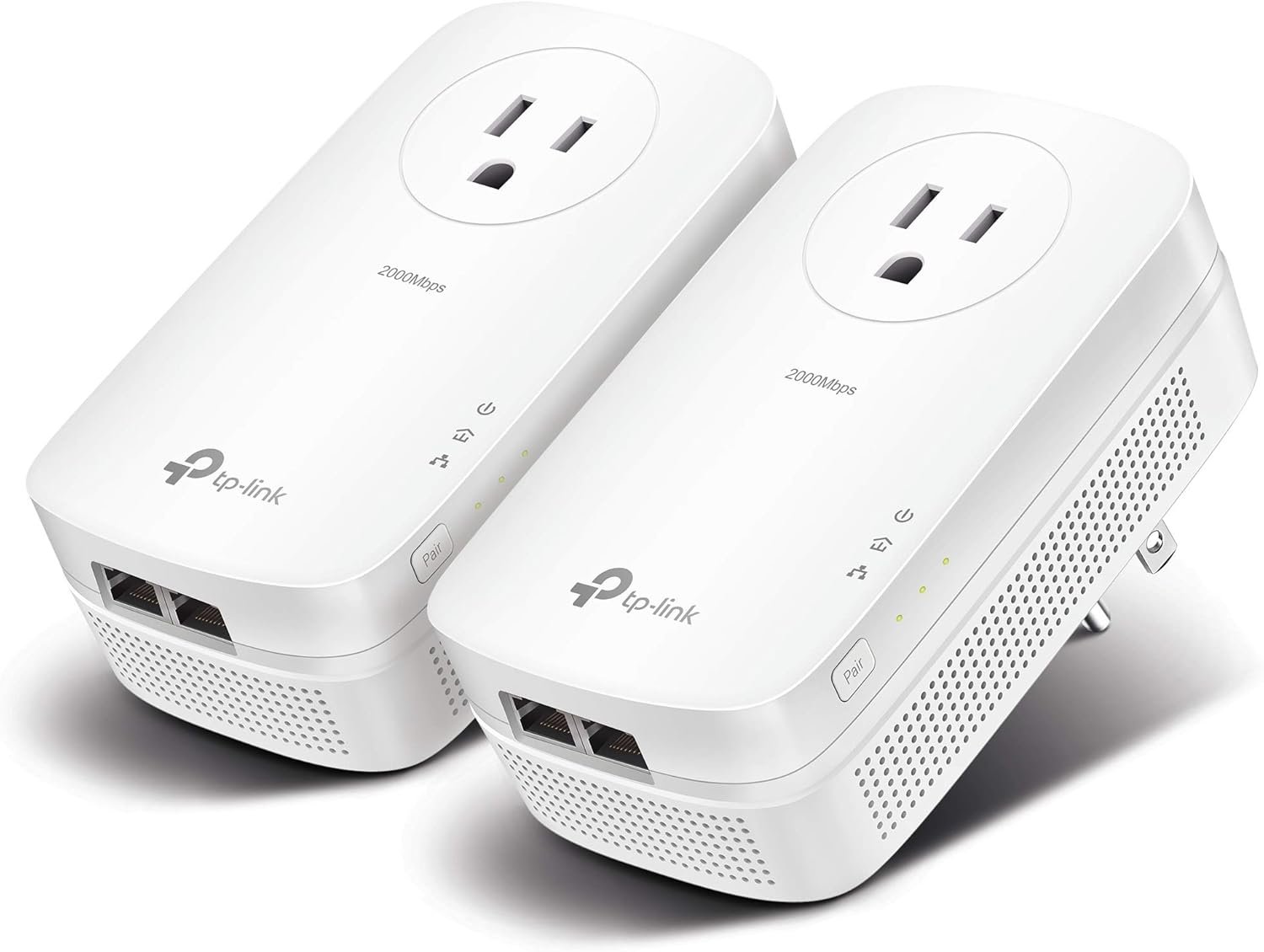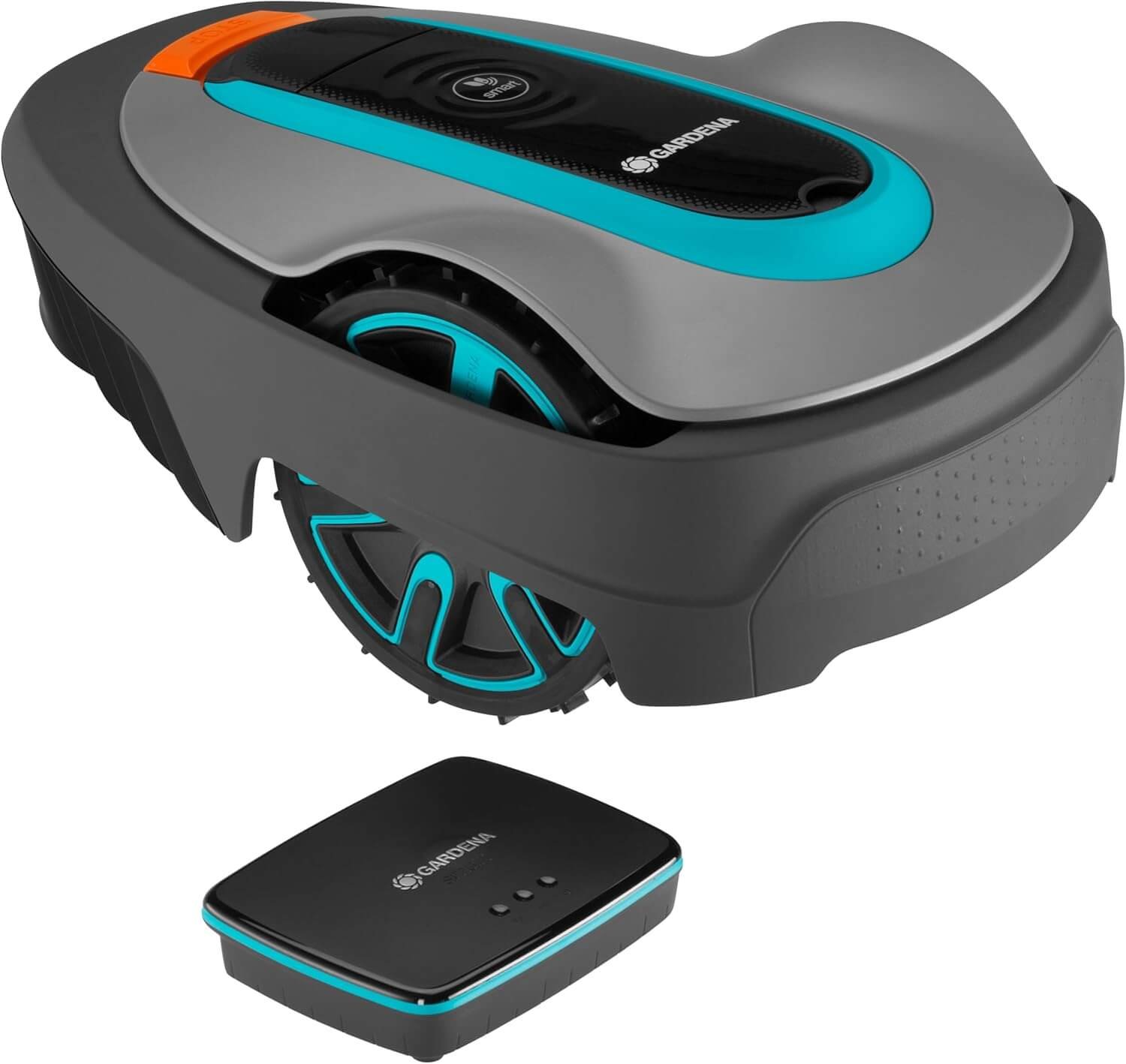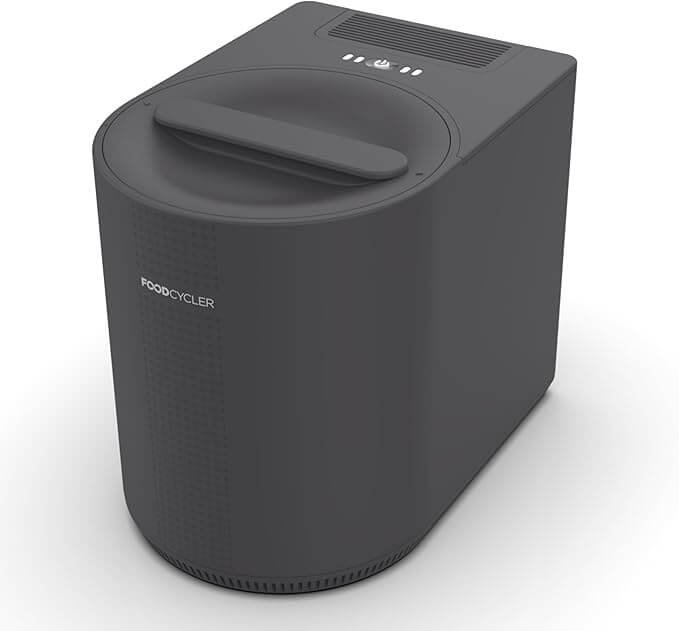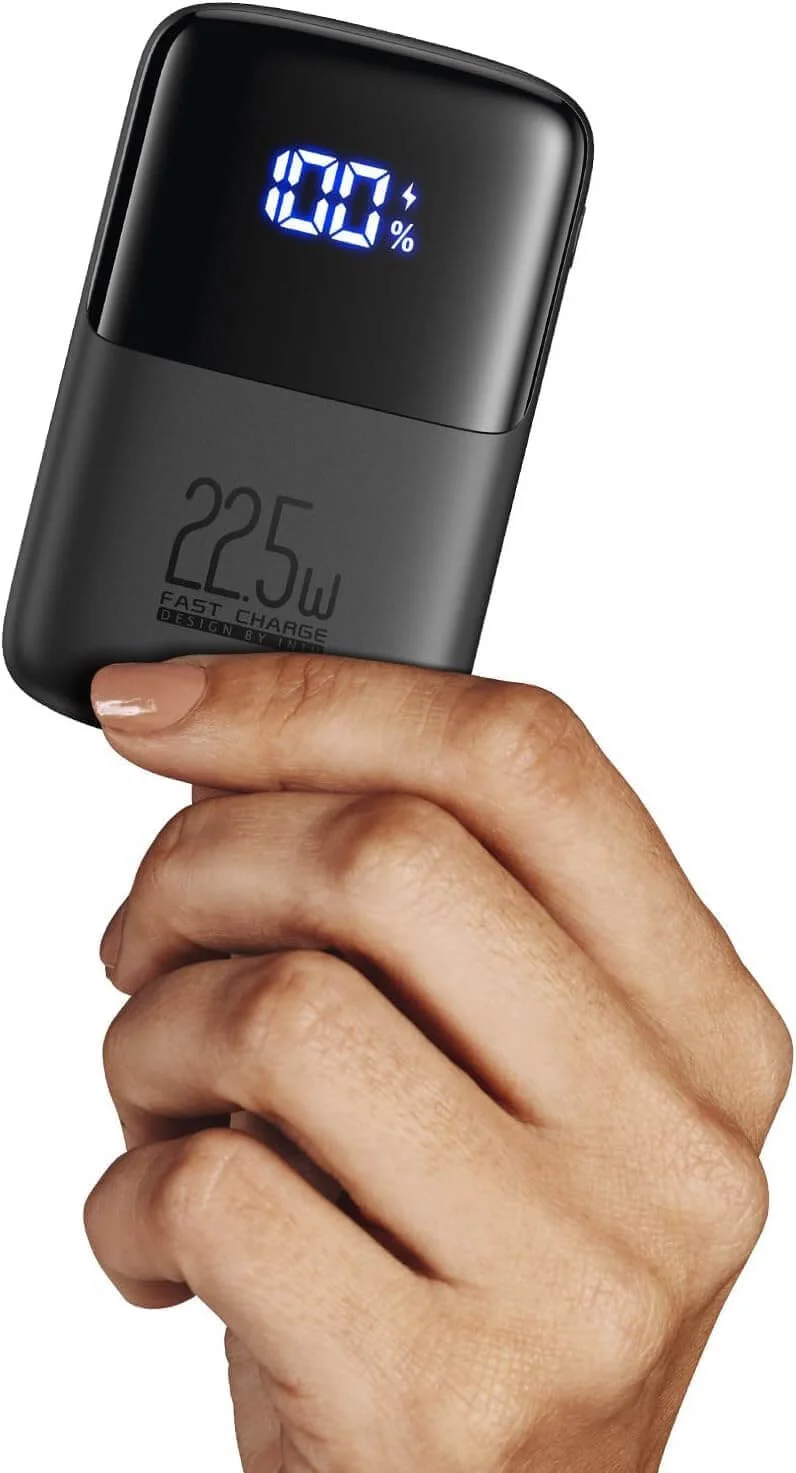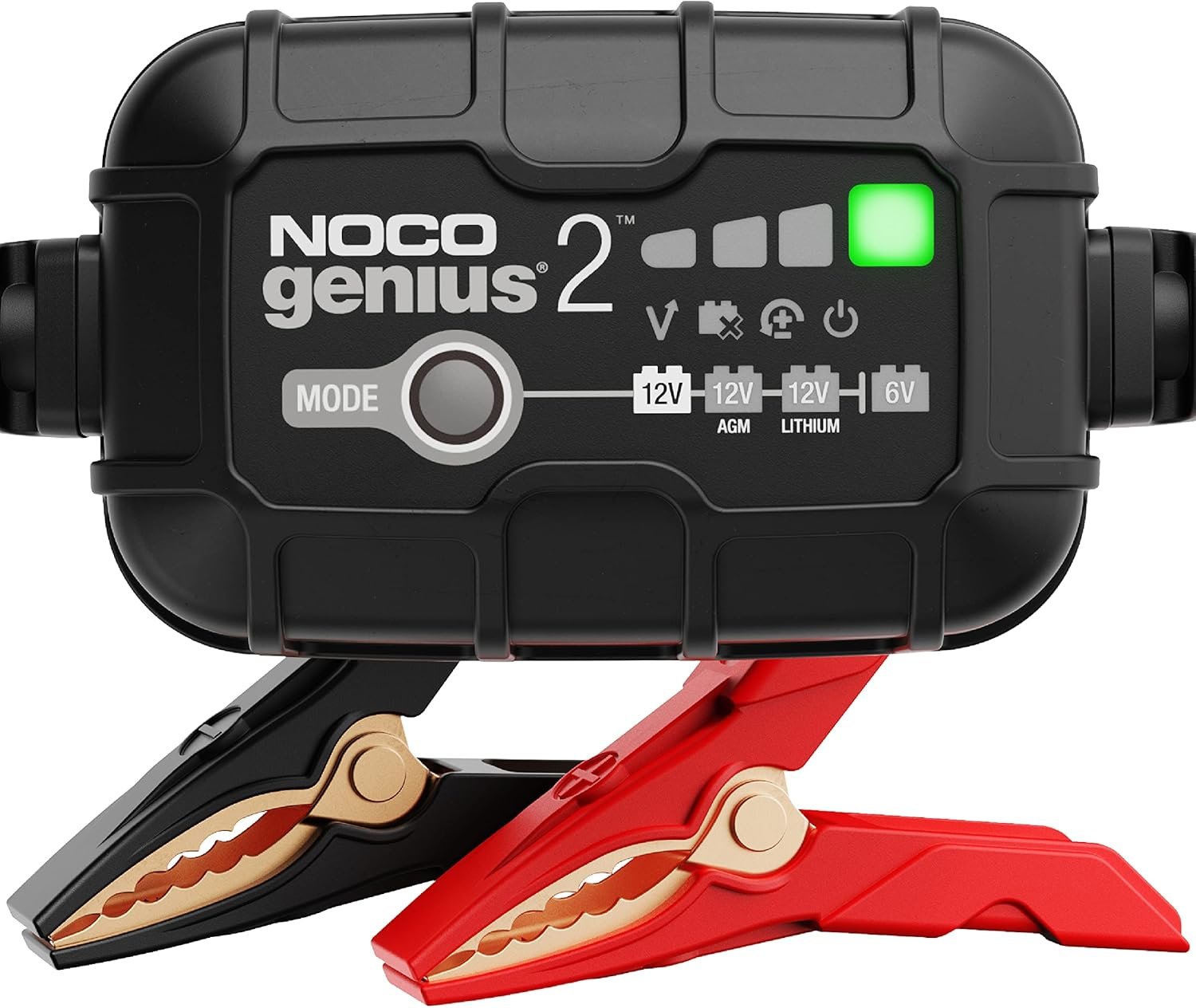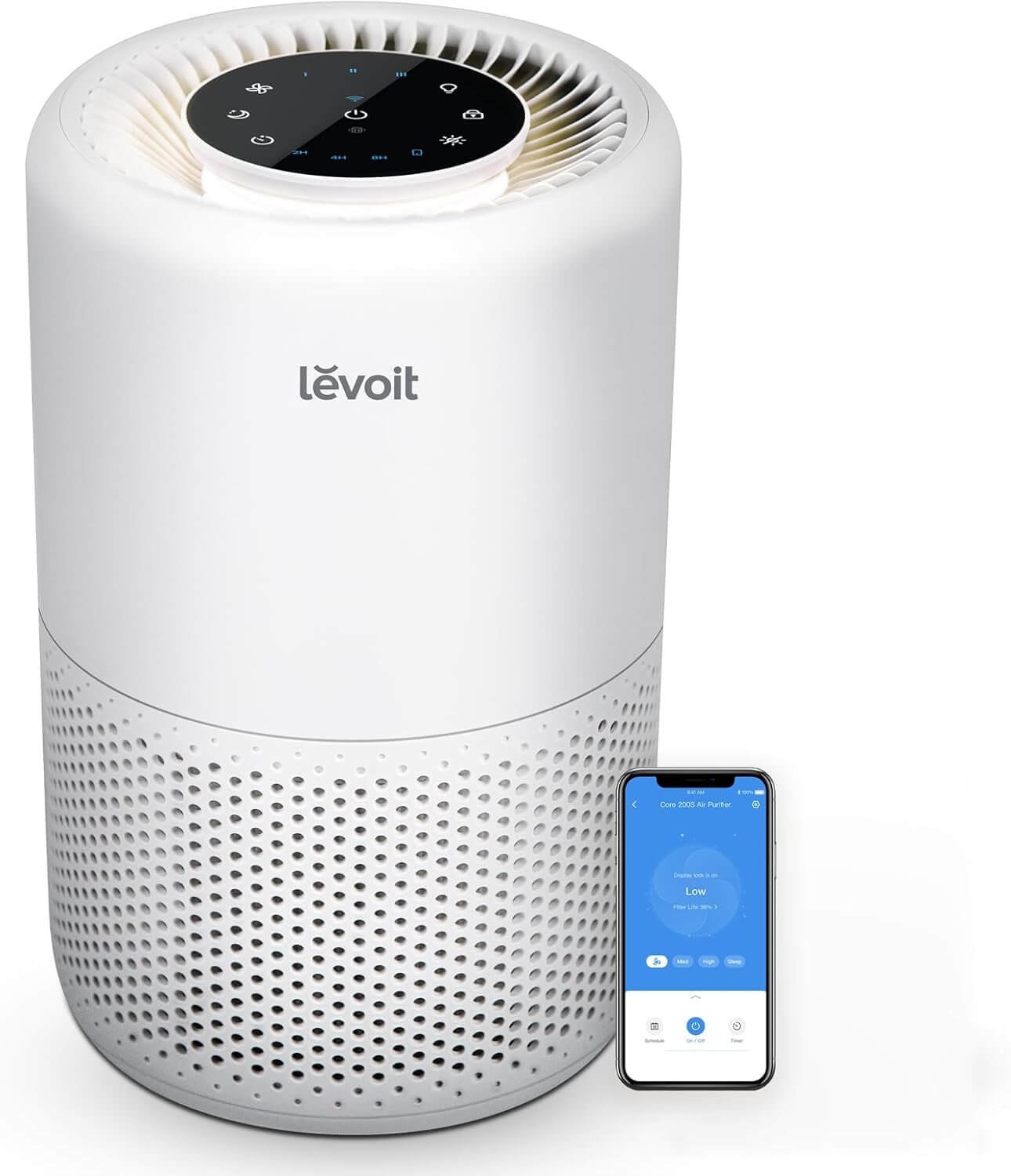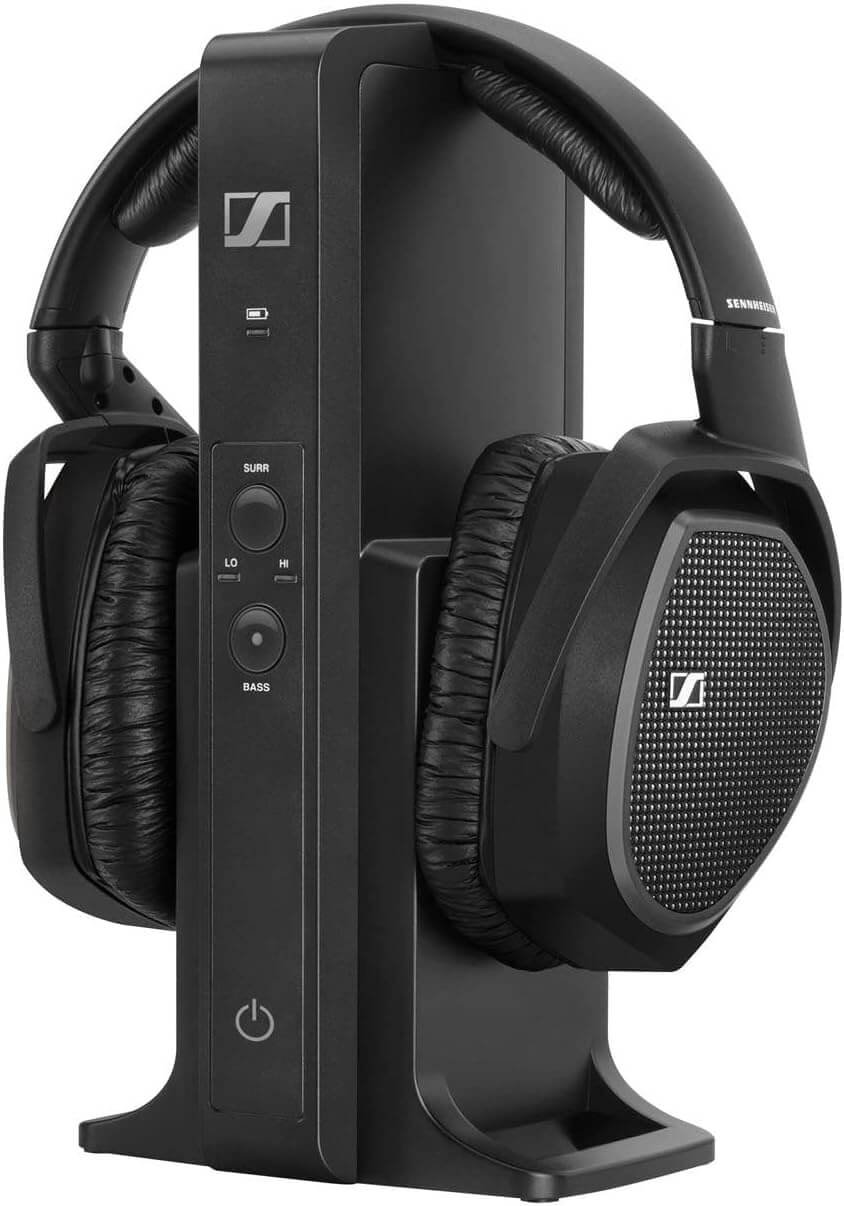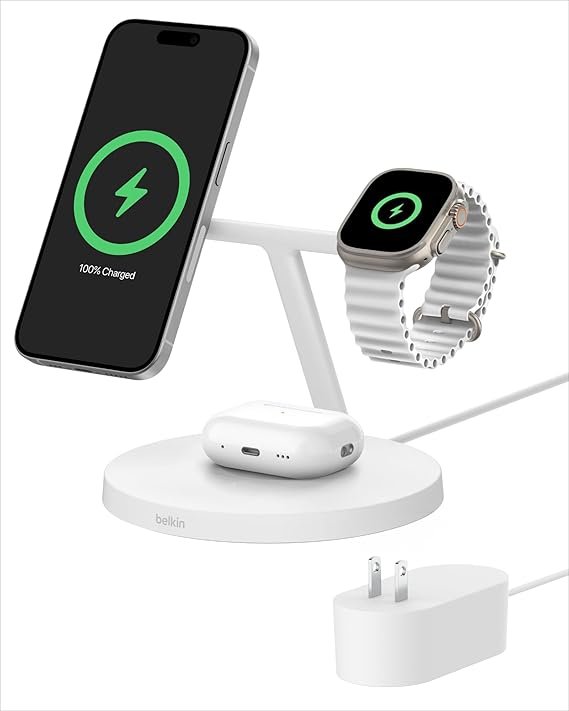Introduction to USB Webcams
USB webcams have become indispensable tools in the realm of modern computing, significantly enhancing the communication experience for users across various platforms. These devices are designed to connect directly to a computer through a USB port, allowing for seamless video input that can be utilized in numerous applications. As more individuals engage in remote work, virtual learning, and online socializing, the functionality of USB webcams has been brought to the forefront, showcasing their importance in facilitating effective communication.
The primary purpose of a USB webcam is to capture video and transmit it to a computer for various applications. This allows users to engage in video calls, participate in online meetings, stream live content, or deliver virtual presentations. The integration of high-resolution cameras, built-in microphones, and advanced optics in many modern USB webcams contributes to clear and effective video quality and sound, which are crucial for professional interactions. As a result, USB webcams have become essential for anyone seeking to maintain a presence in an increasingly digital world.
Different models of USB webcams cater to a wide range of user needs, from casual users looking for straightforward video calling capabilities to professionals requiring high-definition video for streaming or presentations. The flexibility and ease of use of these devices make them an attractive choice for individuals and organizations alike. Furthermore, the advent of broadband internet and advancements in video conferencing platforms have amplified the demand for these webcams, marking them as vital tools in achieving a connected lifestyle.
In conclusion, the significance of USB webcams extends beyond mere video capture; they serve as gateways for remote interaction, collaboration, and content creation, highlighting their role as a fundamental component in today’s technology-driven environment.
Key Features of an Adjustable Gooseneck Webcam
An adjustable gooseneck webcam is designed to offer substantial flexibility, which is one of its most significant advantages. The adjustable neck allows users to easily manipulate the camera’s position to achieve the desired angle for various applications, such as video calls, presentations, and online demonstrations. This level of flexibility facilitates a user-friendly experience, making it easier to capture the perfect shot without the need for additional equipment or complicated setups.
One of the primary benefits of the gooseneck design is its ability to maintain stability while allowing for movement. Unlike fixed-position webcams, an adjustable model provides the versatility to adjust the angle smoothly. Users can tilt, reposition, or rotate the camera to highlight specific points of interest during presentations or communicate effectively in video conferencing. This feature is particularly advantageous for educators and trainers who often focus on various materials or demonstrations during their sessions.
Furthermore, the enhanced positioning options can significantly improve the overall quality of the video feed. An adjustable gooseneck webcam allows users to frame their shot correctly, ensuring that they appear professional and presentable in any setting. Achieving the right angle can affect how viewers perceive the speaker, contributing to a more engaging and dynamic presentation. Customers can also avoid the frustration of shifting and readjusting their setups continuously, as this design permits straightforward adjustments on-the-fly.
In addition to its functional benefits, the compact nature of an adjustable gooseneck webcam makes it easy to transport and store. Users who frequently travel for work or participate in remote meetings find this feature particularly beneficial, as it allows for convenient setup and teardown without sacrificing quality. Thus, the adjustable gooseneck webcam stands out as a versatile solution for anyone seeking to enhance their video communication experience.
Importance of Eye Contact in Video Communication
In the realm of video communication, maintaining effective eye contact is crucial for fostering connection and engagement between participants. Eye contact serves as a nonverbal cue that reinforces attentiveness, sincerity, and interest. When utilizing a USB webcam for important communications—be it professional meetings on platforms like Zoom, Microsoft Teams, or Skype—the ability to maintain eye contact can significantly enhance the interaction quality.
Research in psychology emphasizes that participants who make consistent eye contact are perceived as more credible and trustworthy. This perception is vital, especially in professional settings where establishing rapport and trust is essential for collaboration. A user-friendly USB webcam can facilitate this by providing a sharp and clear image, which, when positioned correctly, allows viewers to feel like they are looking directly at one another.
To achieve effective eye contact during video calls, consider the following practical tips. Firstly, positioning the camera at eye level can greatly improve the visual alignment between the speaker and the audience. This adjustment not only makes it easier for participants to maintain visual communication but also creates a more inviting atmosphere for discussion. Avoid placing your webcam too low or high, as this can create an unflattering angle and disrupt the flow of conversation.
Additionally, it is advisable to position the camera as close to your computer screen as possible. This setup allows you to look at the screen while maintaining the illusion of eye contact with your audience. Lastly, being aware of your gaze and making a conscious effort to look into the camera will greatly enhance the feeling of connection, making your interactions feel more personal and engaging. By deliberately focusing on eye contact, one can elevate the effectiveness of virtual meetings and build stronger relationships with colleagues and clients alike.
Understanding Video Quality: The 1080p Advantage
In the realm of digital communication, video quality can significantly impact the effectiveness of interactions. One of the most popular resolutions available today is 1080p, which is widely recognized for its exceptional clarity and detail. When utilizing a USB webcam for video calls or presentations, the advantages of 1080p resolution become apparent.
1080p, or 1920 x 1080 pixels, is classified as high-definition (HD) video quality. This resolution allows for a clearer and more detailed image compared to lower resolutions, such as 720p. During video calls, especially in professional settings, the clarity offered by 1080p can contribute to more effective communication. For instance, when presenting a complex chart or diagram, the enhanced detail of 1080p enables all participants to properly view and comprehend critical information. Fuzzy or pixelated images, which are often associated with lower resolutions, can lead to misunderstandings or misinterpretations.
Moreover, 1080p video quality can significantly enhance the overall experience during virtual meetings or webinars. Consider the impact on client presentations; having a crystal-clear image conveys professionalism and instills confidence in the presenter. Similarly, during personal or informal video chats with friends and family, the improved picture quality can foster a stronger connection, allowing for facial expressions and subtle nuances to be clearly perceived.
Furthermore, 1080p video quality is not only advantageous in one-on-one interactions but also in group discussions. Multiple participants can be clearly seen, reducing the chances of missing vital non-verbal cues. In conclusion, investing in a USB webcam that supports 1080p resolution can be a game-changer for anyone seeking to enhance their video communication experience, making a significant difference in both personal and professional contexts.
Choosing the Right Webcam for Your Needs
When selecting a USB webcam for your PC or laptop, it is essential to consider several factors to ensure that it meets your specific needs. The first consideration is resolution; a higher resolution webcam can provide clearer and sharper images. For most users, a webcam that offers at least 720p (HD) resolution is adequate for video calls and streaming. However, if you engage in professional streaming or require high-quality visuals for business meetings, opting for a 1080p (Full HD) or even a 4K model may be beneficial for enhanced image clarity.
Another important aspect to consider is the lens quality. Webcams come equipped with different lens types, which can impact brightness and focus. Features such as auto-focus and low-light correction are particularly advantageous if you often record or participate in video calls without perfect lighting conditions. Additionally, a model with an adjustable neck can provide flexibility in positioning, ensuring that the camera captures the best angle during use.
Your budget will play a crucial role in the decision-making process. USB webcams can range significantly in price, from budget-friendly models to high-end options equipped with various features. It is advisable to assess your primary usage scenarios: for casual video calls with friends and family, a basic model will suffice, whereas gamers and content creators may need to invest in a feature-rich webcam to enhance their experience.
Specific use cases also warrant particular recommendations. For gaming, look for a webcam that supports high frame rates and offers superior low-light performance. In contrast, business professionals may prioritize models with built-in microphones and noise cancellation features. By evaluating your requirements and preferences, you can effectively choose the right USB webcam to suit your needs.
Setting Up Your Webcam for Optimal Use
Setting up a USB webcam for your PC or laptop is a straightforward process that can greatly enhance your online communication and video conferencing experience. First, ensure that your operating system is compatible with the USB webcam you plan to use. Most modern operating systems, such as Windows, macOS, and various Linux distributions, support USB webcams natively, but it’s always advisable to check for any specific driver requirements from the manufacturer.
Begin by connecting the USB webcam to an available USB port on your computer. Once connected, the system should automatically recognize the device and install any necessary drivers. To verify that your webcam is functioning, open the camera application on your computer. In Windows, this can be done via the Start Menu by searching for “Camera.” For macOS users, the built-in application “Photo Booth” can be employed.
After confirming that your webcam is operational, it is essential to adjust the settings for optimal performance on platforms such as Zoom, Microsoft Teams, and Skype. Each platform offers options to select your webcam, so navigate to the settings or preferences menu once you open the application. For instance, in Zoom, you can find video settings under ‘Settings’ > ‘Video’. Make sure to choose your USB webcam from the drop-down menu.
Additionally, it is critical to adjust your video resolution and frame rate settings depending on your internet bandwidth. Higher resolution and frame rates can provide better image quality but may require more bandwidth. You can typically find these settings within each platform’s video settings. Furthermore, consider lighting and background; proper lighting will enhance video quality significantly while reducing potential distractions in your appearance.
In conclusion, by carefully following these setup steps and optimizing your settings, you can ensure that your USB webcam delivers an unparalleled video experience on any platform. This preparation fosters clearer communication and a more professional presence during virtual interactions.
Enhancing Your Virtual Presence
As remote communication becomes increasingly prevalent, enhancing your virtual presence has become essential for effective video calls. A well-set-up environment can significantly influence how you are perceived during meetings or presentations. One of the most crucial aspects to consider is lighting. Natural light is preferable, so positioning yourself facing a window can help illuminate your face, making you more visible and engaging. If natural light isn’t an option, investing in a ring light can ensure that your face is adequately lit, reducing shadows that can create an unflattering appearance.
Your background also plays a vital role in creating a professional impression. A cluttered or distracting background can be detrimental to your virtual presence. To optimize this, choose a neutral-colored wall or a tidy room as your backdrop. Alternatively, virtual backgrounds can be utilized, but ensure they are not overly distracting to maintain focus on you. Additionally, if you decide to use a virtual background, choose one that aligns with the professional tone of your meeting.
The positioning of your USB webcam is another factors in enhancing your on-screen presence. Ideally, the camera should be at eye level, allowing for a more direct and engaging conversation. Avoid placing the camera too low or too high, as this can distort angles and make interactions seem awkward. Framing yourself correctly is also crucial; aim to fill the frame nicely without being too close or too far, allowing for natural gestures and body language.
Speaking of body language, it is essential to remain aware of your posture and expressions during a video call. Sit up straight, maintain eye contact with the camera rather than the screen, and use gestures to express yourself naturally. This not only brings life to your presentation but also helps in creating a connection with your audience. By attentively managing these elements, you can significantly enhance your virtual presence and engagement levels during video calls.
Common Issues and Troubleshooting Tips
USB webcams have become essential tools for video communication, but users may confront several issues that hinder their performance. One common problem is connectivity failure. This can often be traced back to poor USB port functionality or inadequate power supply. If your webcam is not recognized by the system, it is advisable to try connecting it to a different USB port or using a powered USB hub to rule out power-related concerns. Additionally, ensuring the USB cable and connectors are free from damage can help establish a stable connection.
Poor video quality is another frequent issue that users encounter with USB webcams. Factors contributing to poor image output may include inadequate lighting, subpar internet speed, or incorrect webcam settings. To enhance video quality, it is recommended to improve the lighting conditions in your environment—ensuring ample light illuminates your face without casting harsh shadows. Furthermore, checking for any software updates for your webcam drivers can significantly enhance performance and provide better video output.
Another area of concern is audio issues during video calls. If your USB webcam features built-in microphones, users may experience muffled sound or echoes. Adjusting the microphone settings in your audio control panel can often alleviate these issues. Ensure that the webcam’s microphone is set as the default recording device and adjust its input levels as necessary. Utilizing external microphones can also enhance audio quality if the built-in options do not meet expectations.
In cases where your USB webcam is frequently freezing or glitches during operation, checking your computer’s CPU usage can be helpful. High usage may indicate that the computer is struggling to process the video stream adequately. Closing unnecessary applications can free up resources. If problems persist, reinstalling the webcam software might resolve any corrupted files causing the disruptions.
Conclusion: The Future of Webcam Technology
Webcam technology has undergone significant advancements, evolving from basic video capture devices to sophisticated tools that enhance communication and collaboration in both personal and professional environments. As we move forward, the trends emerging in this field indicate a promising future, particularly for remote work scenarios that demand high-quality video interactions.
One notable trend is the integration of artificial intelligence (AI) into webcam technology. AI-driven features, such as background blur, auto-framing, and real-time enhancements, are becoming increasingly commonplace. These innovations not only improve the overall user experience but also enable professionals to maintain a polished and engaging presence during virtual meetings. As more individuals continue to adopt remote work practices, the demand for webcams equipped with smart technologies is expected to grow.
In addition to AI integration, there is a noteworthy pivot towards 4K resolution and high dynamic range (HDR) capabilities. As internet speeds improve and bandwidth becomes more accommodating, users can expect clearer, more vibrant video quality that minimizes lag and enhances overall communication. This aspect is particularly critical for businesses relying on virtual meetings to connect with clients, partners, and team members. As the demand for superior video quality rises, manufacturers are likely to prioritize these features in their webcam offerings.
Furthermore, the growing emphasis on privacy and security in videoconferencing solutions cannot be overlooked. Innovations aimed at safeguarding user data, such as built-in privacy covers and secure connectivity options, are essential in ensuring that individuals can use webcams without compromising their personal information. The focus on security will likely shape future product designs and help establish a greater sense of trust among users.
In conclusion, the trajectory of webcam technology is one marked by innovation and adaptability. As we embrace advancements in AI, resolution enhancements, and security measures, users can look forward to a future of more immersive and effective video communication tools, ultimately fostering connectivity and efficiency in remote work environments.





